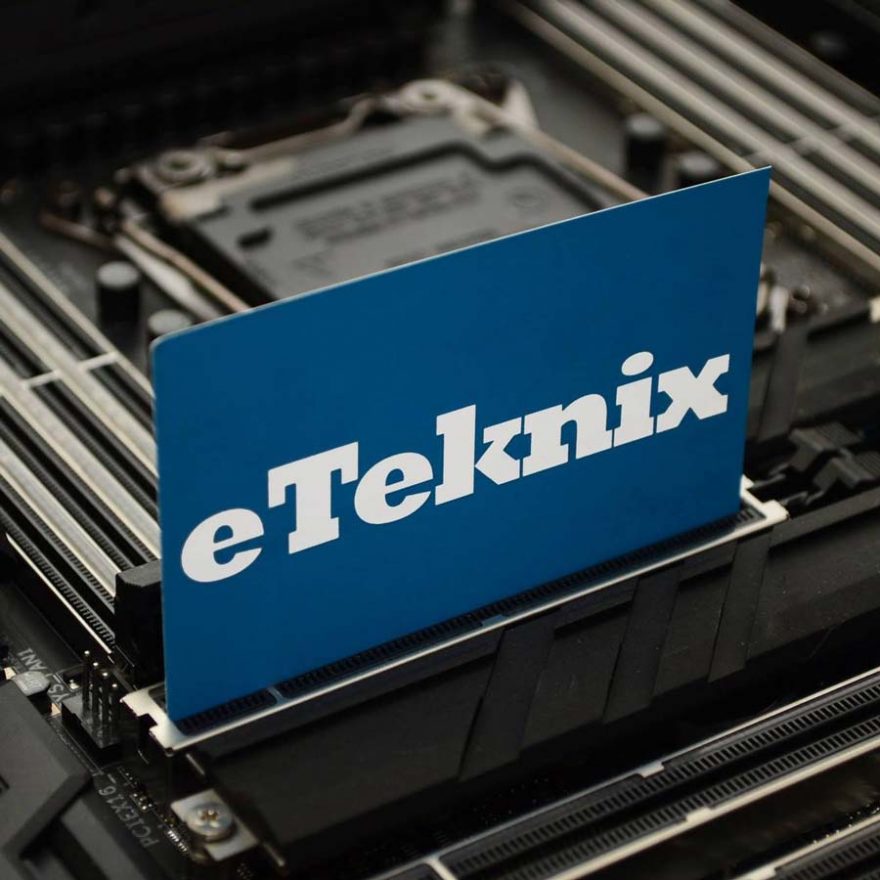Philips 16B1P3302D Portable Type-C Business Monitor
Peter Donnell / 2 years ago
A Closer Look
This isn’t a laptop or a smart device, but you can be quickly fooled into thinking it is one. I have gone to use it as a touch screen a few times since I set it up, but it’s not a tablet even though it looks like one. It’s quite literally a monitor, it just happens to be exceptionally thin and light. It weighs just a touch over 1KG, and since it’s a 15.6″ panel, it should slide in most backpacks or laptop bags easily enough.

The unit comes with a stand that folds flat to the back of the unit, but folds down to create a surprisingly sturdy base for the display. This also acts as a hub, with various controls and ports located around the edges of the stand section.

A Kensington lock mount on the corner, and UI controls on the back (see above).

There’s a pair of USB C ports, which of course, offer DisplayPort Type-C support, there’s a 3.5mm audio jack and a power button. There are no speakers, but the headphone port will allow for audio passthrough over Type-C.

We simply ran a Type-C cable from the C1 port here to our laptop and that’s it, the display was up and running.

The panel itself is actually quite nice, but its low power design means the backlight isn’t particularly powerful, but it is sufficient. Some modes can push it up to 250 cd/m² but it throws the contrast off, and some of the office or readability profiles are much more pleasant to work with. The 75 Hz refresh rate is nice, a little bump over the more common 60 Hz and you can feel the difference too!

The colours are very good, not to the point where I’ll be doing video colour grading on it, but most certainly pleasing to the eye and media looks good, such as this video with Andy in it!

The display isn’t the fastest, there are some small latencies over type-C and it has a 4ms response time. That being said, gaming on it is possible, but for the most part, you would likely have a better experience on your laptop’s native display. But yeah, it can be done and there’s good image clarity as the IPS panel doesn’t smear or blur fast-moving objects.

The contrast levels are decent too, and again, not a gaming monitor, but a good example that it’s really just a nice little monitor that can be used just like any other monitor really.

It can be stood on its side and used in a portrait mode, albeit, I’m not sure if that’s an official thing, but we did it anyway.

Just set your desktop to portrait mode and you can crack on with writing your next novel.




















